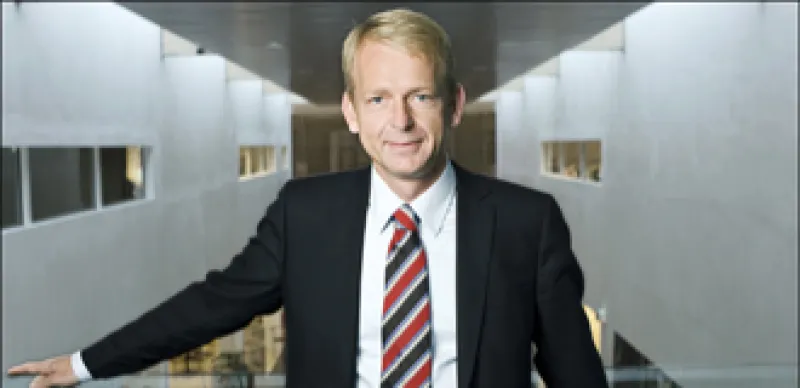Bjarne Graven Larsen, CIO of big Danish pension fund ATP, is a committed emerging-markets investor. But Larsen and ATP also care about the environment. Now Larsen believes he’s found a way to bundle both of these potentially contradictory impulses into one strategy: In December, ATP launched a €1 billion ($1.35 billion) fund to invest in climate-friendly infrastructure projects in Brazil, China, India, North Africa and Russia.
Larsen, whose €75 billion pension fund provides retirement income to most Danes, had hoped that a global framework for mitigating climate change would emerge from December’s United Nations climate summit in Copenhagen. Clear guidelines would naturally have made green investing more straightforward and less risky. But when they didn’t materialize, Larsen decided to focus ATP’s new Climate Change Action Fund for Emerging Economies on developing countries that have some sort of climate action plans of their own — namely, the BRICs plus North Africa.
But green investing is only half the story behind the new fund. Larsen also wanted investments that move in the opposite direction from public markets. Thus the new fund targets only private infrastructure investments. Nevertheless, he notes, “we want to invest in projects that are endorsed in some way by governments.”
ATP might invest in solar projects in India or Morocco, or wind turbines in China, he says, but government should always sanction the venture, provide regulation and perhaps a subsidy. Another common theme: energy. Indeed, Larsen frequently refers to the climate fund as the “energy infrastructure fund” for emerging economies.
“Working with international agencies and local governments shows insight into the less quantifiable political risks and recognizes the importance of the local interest in infrastructure,” contends Glenn Ezard, a specialist in infrastructure investments at pension consulting firm Segal Advisors in Los Angeles.
Larsen emphasizes the safety factor in this buddy system. “We want to try and cooperate with international organizations and financial institutions that have some set of schemes that already exist to mitigate some of the investment risk,” he explains. In addition to working with the World Bank and its International Finance Corp. arm, which provides financing for private projects in developing countries, Larsen hopes to team with regional development banks.
The ATP CIO says he is not sure how long it will take to fund the Climate Change portfolio. Although he is seeking co-sponsors, Larsen is willing to go it alone. ATP intends to select investments itself, without any help from consultants, and Larsen’s team will include people based in the BRIC countries.
A conspicuous presence at the Copenhagen and New York climate conferences, the 46-year-old Larsen, who has been CIO of ATP since April 1999, has a real chance to put his vision of green investing into action with the Climate Change fund. “It’s wrong when people allocate one or one-and-a-half percent to green investments,” he asserts. “That’s not the right way to approach it, in my view. It’s much more important to think about the other 99 percent of the portfolio.”
ATP invests in companies that may not have a reputation for being green but are making a sincere effort to ameliorate climate change through manufacturing or other processes. One example: Copenhagen-based Maersk, a shipping company, has reduced energy consumption per large container by 25 percent.
Many of ATP’s green investments can in fact be found in its infrastructure and equity portfolios rather than in a separate box labeled “green,” notes Larsen. For instance, ATP houses a $250 million allocation to private equity firm Hudson Clean Energy Partners in its equity portfolio.
As a CIO, Larsen firmly believes that green investing is much more than a noble gesture. “Climate change,” he says,” is an underlying strong force that is driving who will be winners and losers in the future.”






